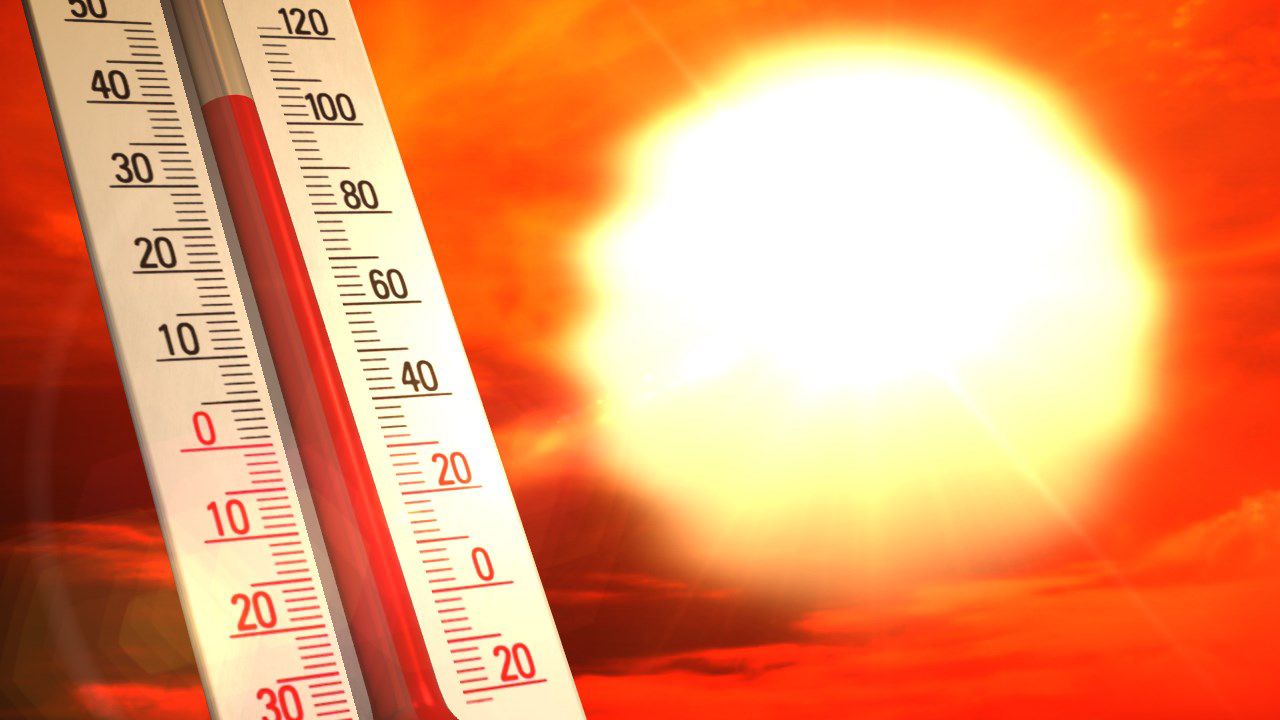Floridians know that it is hot and humid from late spring into early fall. That is normal.
But at least a couple times a summer, there are Heat Advisories issued. Is it that much hotter on those days?
Air conditioning is the best protection from the heat. Many people in cooler climates do not have access to air conditioning. Heat can be, and is, deadly.
According to the Centers for Disease Control, from 2004 to 2018, an average of 702 heat-related deaths occurred in the U.S. annually.
Our bodies don't just suffer from high temperatures alone. Humidity plays a big factor in what we can tolerate.
That is why we use heat index.
The heat index is a measure of how hot weather "feels" to the body. It is a combination of humidity (measured by dew point) and air temperature to produce the temperature the body "feels".
Heat index values are calculated for shady locations only. Exposure to full sunshine can increase heat index values by up to 15 degrees!
The criteria for a Heat Advisory issued for most places U.S. is when the heat index reaches 100 degrees or higher for at least two days, and the nighttime low does not drop below 75 degrees.
If that were the case in Florida, we would be under a Heat Advisory all summer!
Luckily, all sufficient housing in Florida has some kind of air conditioning. So the criteria for dangerous heat is set higher here.
The National Weather Service Forecast Offices in Florida set the following criteria for Heat Advisories: A Heat Advisory is issued in Florida when the forecast or observed heat index reaches 108 degrees or higher.
So when we hit those levels, take extra caution in spending a long stretch of time outside in the middle of the day.



